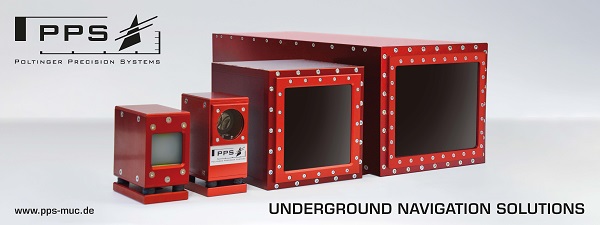- Pages
- Robin McAuley
- Tunnel Boring Machine (TBM) Cutter Head Y-Parts: A guide to buying TBM Cutters and Cutter Support...
- Buying Advice for Bichak-Cutters
Buying Advice for Bichak-Cutters: Revision
WARNING UNDER CONSTRUCTION. NOT GOOD QUALITY YET
Bicak Cutters ("knives" or "scrapers") are cutters used for boring in soft to medium ground. Basically they have metal blocks often with tungsten-carbide bits on the edges which do the digging.
Different TBM manufacturers use different names like "Knives" or "Scrapers" for Bicak Cutters. They come in different designs. Design differs depending on the TBM model and/or the placement position of the bicak cutter on the cutter head.
In addition to the tungsten-carbide bits which do the active digging, bicak cutters also have hardfacing welding on the surfaces which are most likely to have contact with the excavated material. Such hard-facing not only protects the bicak part from secondary impact, but also protects the canals in which the tungsten-carbide bits are fitted (otherwise the bits will fall off - thlnk of the tungsten-carbide bits like the teeth in your mouth. If the gum around your teeth are very weak, then your teeth will fall off...)
Your check-list before ordering Bicak cutters
You can eliminate a lot of the potential problems for later by getting extra information during the selection process before actually ordering the product.
BC-1 What is the Steel type?
BC-2 What is the Steel hardness?
BC-3 What is the composition of the Tungsten-Carbide bits?
BC-4 What is the hardness of the Tungsten-Carbide bits?
BC-5 Which method are they using to fit the Tungsten-Carbide bits to the steel body?
Important to note that, you cannot weld the bits to the steel body (please read Differences between welding and soldering). Instead soldering is used for fitting the bits to the canals in the steel body. There are different sorts of soldering. Which one are they using?
BC-6 What is the hardness of the Hardfacing welding?
BC-7 What covering (oiling/painting etc) do they do?
Often producers cover their end-products with oil or paint before the delivery. This makes the product look nice and also prevents it from rusting. Both of these are actually not very important because nobody cares how it looks as long as it functions and very often the product will be used within a few months of the delivery, hence any surface rust will go away in the first centimeters of the operation anyway (provided that the producer did not deliver you a product which had been deeply rusting away for months in a warehouse).
Insist that the product is not painted to cover the visibility of the metal. This is very important. If it is painted with a thick layer of paint, this will prevent you from visually inspecting the quality of the products. You will not be able to see if the tungsten-carbide bits are properly soldered into the body, of if there are any cracks on the body because of the heat treatment or if there are cracks on the hardfacing welding.
Good producers often do not paint their products and instead they only cover them with a thick layer of oil. This is also what the informed buyers prefer. In the worst case (especially with big-name providers who insist on their "company branding"), at least insist on a transparent and thin layer of paint. Your quality control people will really appreciate it during their visual checks.
BC-8 Quality Control Procedures
What are the certifications of their welders, solderers?
Ask the producers for some information about their quality control processes. Like, how do they check the bicak cutter body against gaps in the metal or cracks? How do they check the quality of their soldering and welding?
History
Buying Advice for Bichak-Cutters
Revision created by Robin McAuleyBuying Advice for Bichak-Cutters
Revision created by Robin McAuleyBuying Advice for Bichak-Cutters
Revision created by Robin McAuleyBuying Advice for Bichak-Cutters
Revision created by Robin McAuleyBuying Advice for Bichak-Cutters
Revision created by Robin McAuleyBuying Advice for Bichak-Cutters
Revision created by Robin McAuleyBuying Advice for Bichak-Cutters
Revision created by Robin McAuleyBuying Advice for Bichak-Cutters
Revision created by Robin McAuleyBuying Advice for Bichak-Cutters
Revision created by Robin McAuleyBuying Advice for Bichak-Cutters
Revision created by Robin McAuleyBuying Advice for Bichak-Cutters
Revision created by Robin McAuleyBuying Advice for Bichak-Cutters
Revision created by Robin McAuley
cover tunnel photo by: Matt Brown from London, England / CC BY
Copyright 2019-2024 TunnelContact.com








